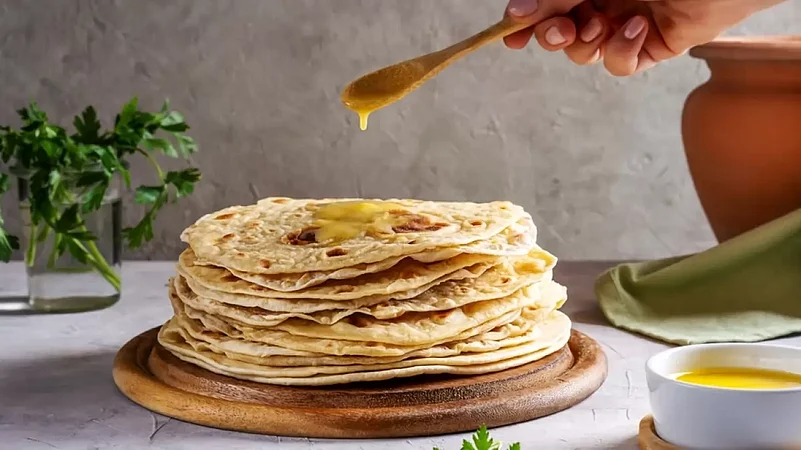Ever thought about the goods and services tax (GST) you pay on your chapati and parathas? Well, now you can. In a viral incident of Ahmedabad-based Vadilal Industries, the Gujarat Appellate Authority of Advance Ruling (AAAR) has upheld an old ruling of AAR that a packaged paratha will attract 18 per cent GST, and not 5 per cent.
A bench that was hearing the case has observed that the parathas are different from plain chapati and so, they will fall under a different category and not in the plain chapati’s. According to the observations made, a paratha’s appropriate classification would be under Chapter Heading 2106 and hence, different GST rates have been applied.
According to the information available in public domain, the appellant Vadilal Indistries, is in the business of producing packaged parathas and specialises in eight varities. These include malabar paratha, mixed vegetable paratha, onion paratha, methi paratha and so on. During the hearing, while it was mentioned that the principle ingredient in all varieties is wheat flour, it was the GST point came under the scanner.
Since the AAR ruled that a paratha will attract 18 per cent GST, the appellant was not satisfied with the same. It contended that the parathas are not classifiable under a particular Chapter Heading as they only require three to four minutes of cooking. Since they are akin to chapati, they are liable under a similar Heading and to 5 per cent GST, the appellant argued.
It is here that things took a turn. The AAAR reportedly observed that various vareities of parathas have only one common ingredient i.e., the wheat flour and all other ingredients may vary. However, when it comes to chapati, it was only made from wheat flour and water. Hence, the AAAR observed that on the basis of the ingredients used in making paratha and chapati, the composition was different and fell under different Headings.
The AAAR also observed that the final consumers or end users can’t always be seen to determine the classification of a product as a number of factors are needed to be checked. It said that the packaged parathas are different from chapatis and hence, the product classification and its GST rates have been classified as given above.






























